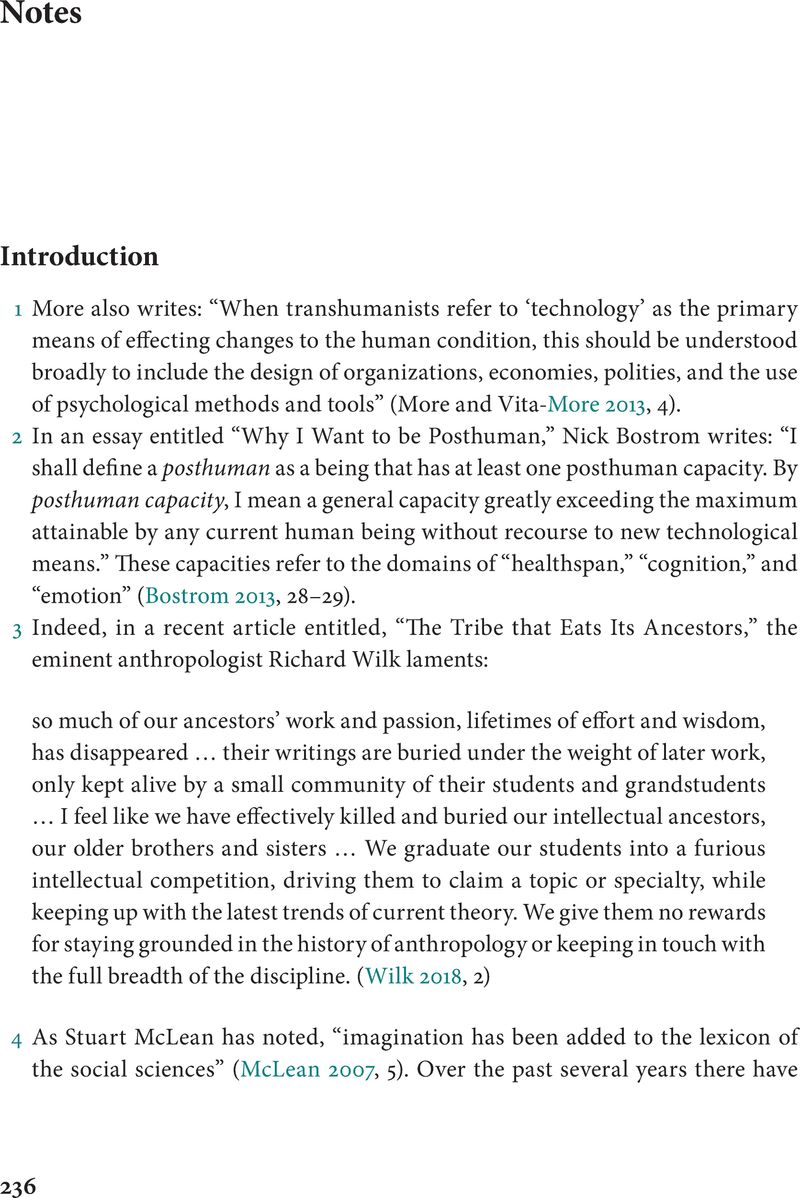Book contents
- Transhumanism
- New Departures in Anthropology
- Transhumanism
- Copyright page
- Dedication
- Contents
- Acknowledgments
- Introduction
- One Is Transhumanism a Revitalization Movement?
- Two Ancestors and Avatars
- Three Happily Ever After
- Four The Social Skin, the Antisocial Skin, and the Pursuit of Morphological Freedom
- Five Decoding the Self
- Six Rethinking Kinship Systems
- Seven From Original Affluence to Posthuman Abundance
- Conclusion
- Notes
- Bibliography
- Index
- References
Bibliography
Published online by Cambridge University Press: 10 December 2020
- Transhumanism
- New Departures in Anthropology
- Transhumanism
- Copyright page
- Dedication
- Contents
- Acknowledgments
- Introduction
- One Is Transhumanism a Revitalization Movement?
- Two Ancestors and Avatars
- Three Happily Ever After
- Four The Social Skin, the Antisocial Skin, and the Pursuit of Morphological Freedom
- Five Decoding the Self
- Six Rethinking Kinship Systems
- Seven From Original Affluence to Posthuman Abundance
- Conclusion
- Notes
- Bibliography
- Index
- References
Summary

- Type
- Chapter
- Information
- TranshumanismFrom Ancestors to Avatars, pp. 257 - 280Publisher: Cambridge University PressPrint publication year: 2020

